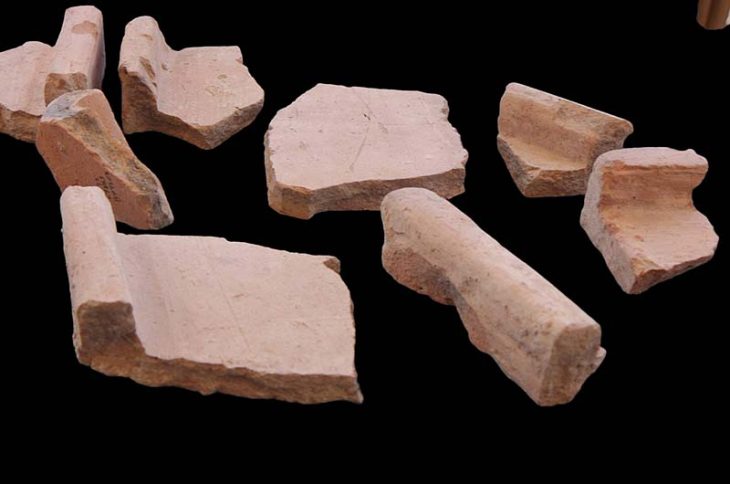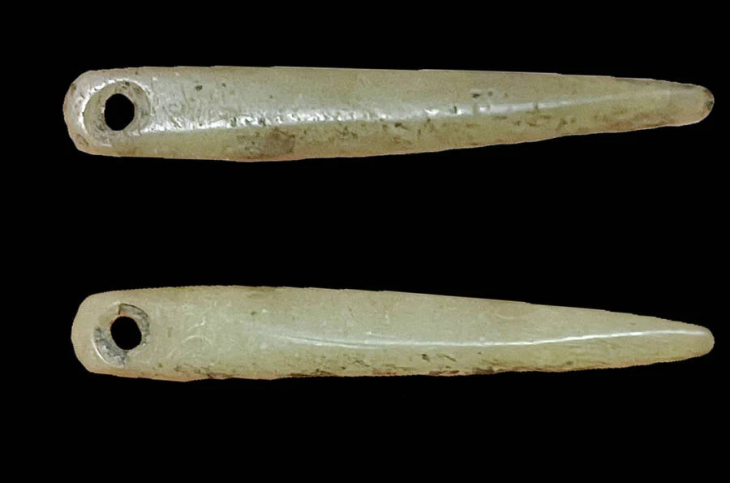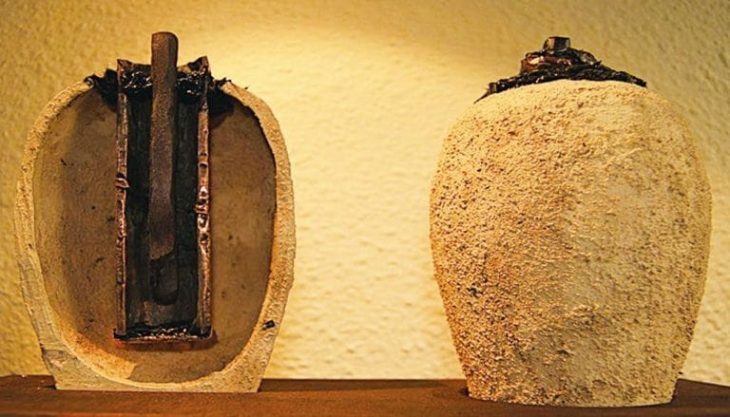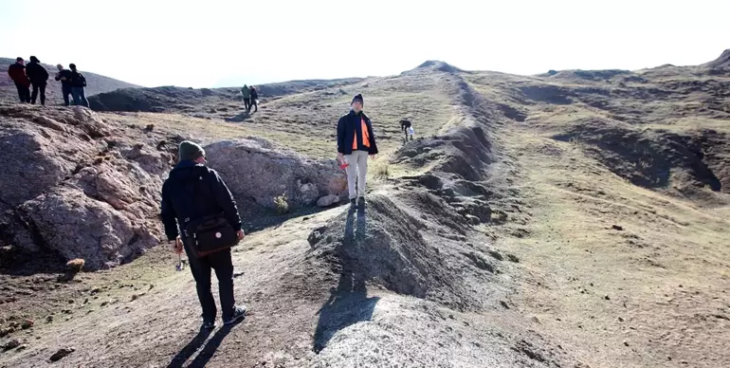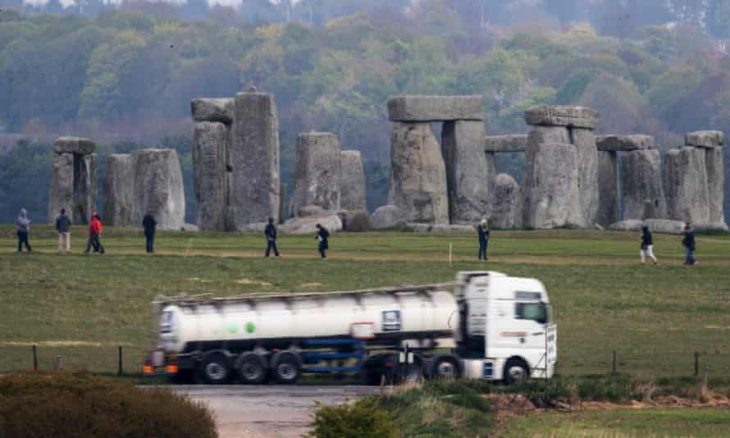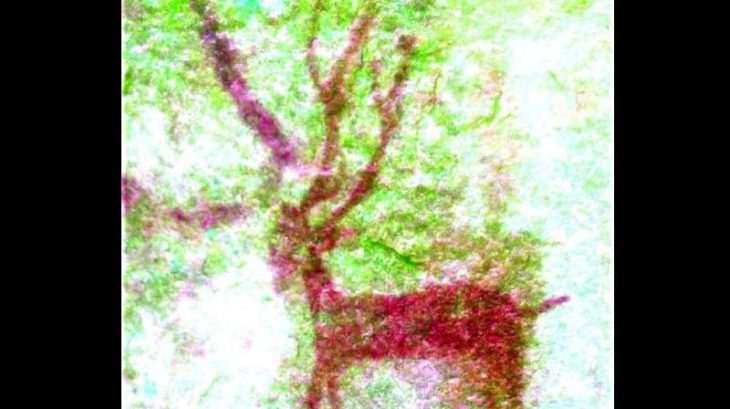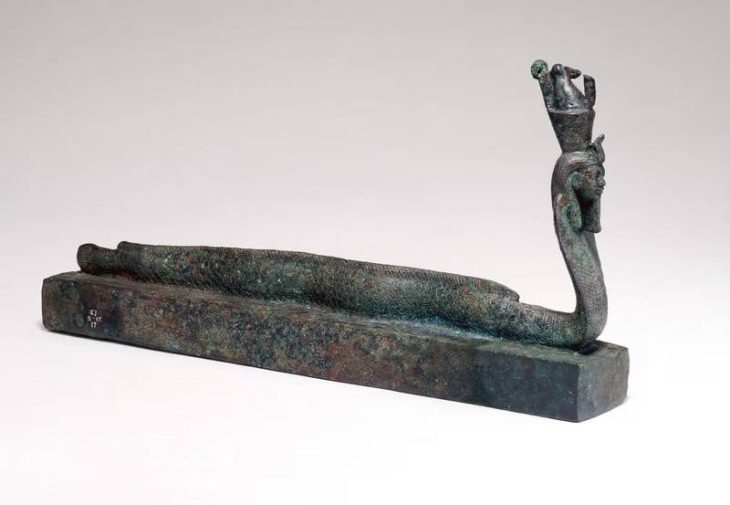A new study revealed that the earliest Greeks carried amber to symbolize their connection to the Sun and signal their elite social status. The Mycenaeans carried amber as a symbol of the sun and their social standing, according to a recent study by Prof. Janusz Czebreszuk, Director of the Polish Archaeological Institute in Athens.
According to Czebreszuk, amber was a marker of elite standing in Mycenaean society, which flourished from roughly 1750 to 1050 BCE during the final phase of the Bronze Age. Amber is a fossilised tree resin admired for its vibrant colour and natural beauty since the Neolithic period.
“The Mycenaeans, the first Greeks in the Bronze Age, probably came here with amber,” said Professor Janusz Czebreszuk, in an interview with the Polish news agency PAP. “Amber has been present since the very beginning of Mycenaean culture.”
In ancient Greece, amber was connected to the sun. Amulets made of amber were thought to ward off evil spirits. It was also thought to hold trapped sunlight. It was symbolically associated with longevity. It is still utilized in traditional medicine today and is regarded as one of the best treatments for illnesses and sore throats.
Amber was originally thought to be extracted from the fabled Eridanus River. These theories state that it originated in the Country of Hyperboreans, the region where the actual amber route led north. In the past, both the northern and this mythical, enigmatic land were connected to amber.
‘We know that the Mycenaeans came from the north. From which north, nobody quite knows. It is most often said that this north was Macedonia and Epirus, those areas that are within the borders of modern Greece,’ Prof. Czebreszuk said.
The Mycenaeans were renowned for their magnificent palaces, well-planned cities, distinctive writing, and striking artwork. They are thought to have been the first advanced civilization on the Greek mainland. The affluent were the ones who valued amber the most, displaying this resin in their tombs as necklaces, pectorals, and other decorations.
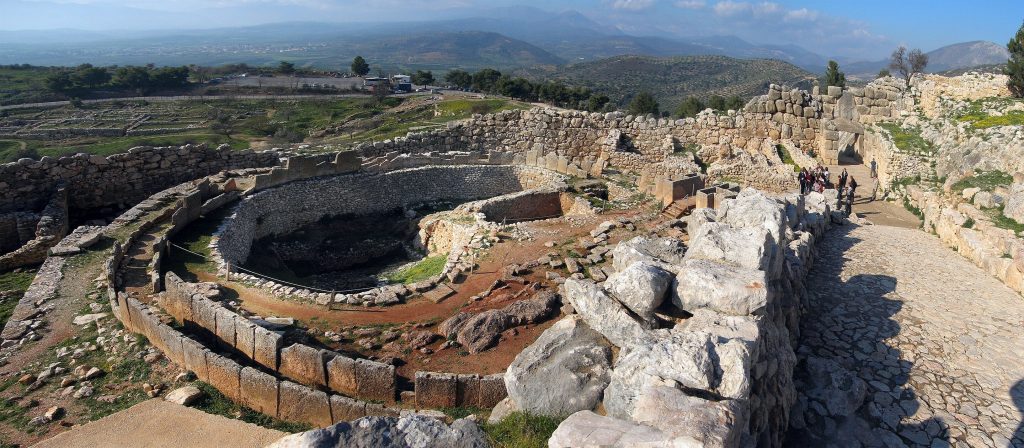
Studies reveal that the majority of amber objects discovered in Mycenaean tombs come from the Baltic area, notably the vicinity of the Bay of Gdańsk, a prominent amber trading center in antiquity and the modern era. This finding points to a sophisticated trade network that linked the Mycenaeans to other European aristocrats and far-off places.
Professor Czebreszuk noted that the Mycenaeans may have carried with them religious and cultural beliefs associated with the material.
“Amber arrived in Hellas with the religious meanings it held in the north,” Czebreszuk said. “In Central Europe, Neolithic artifacts like disc-shaped items with radiating patterns clearly referenced the sun, and amber symbolized the sun’s power.”
The mythological associations of amber further enhanced its value. In Greek mythology, amber was linked to the story of Phaëton, the son of Helios, the sun god, whose sisters’ tears turned into amber after his tragic death. Mycenaean elites, therefore, used amber as a means to claim divine power and reinforce their elevated status.
Czebreszuk remarked, “Whoever had amber, whoever had an amber necklace, in a sense possessed a piece of the Sun. Those who had it, and these were the elites, used amber to legitimize their claims to a superior position in society.”

Widespread social networks throughout Bronze Age Europe, which were frequently strengthened by interregional marriages, as suggested by genetic studies, enabled the trading of amber. Amber was traded among these aristocratic circles, as a component of a wider network of exchange that connected remote regions from the British Isles to Ukraine.
“Amber had a wide distribution,” Czebreszuk noted, emphasizing that ancient deposits were primarily known in areas around the Baltic and North Sea. Even then, the Gulf of Gdańsk was recognized as a center for amber trade.
Cover Image: Emmanuel Boutet


